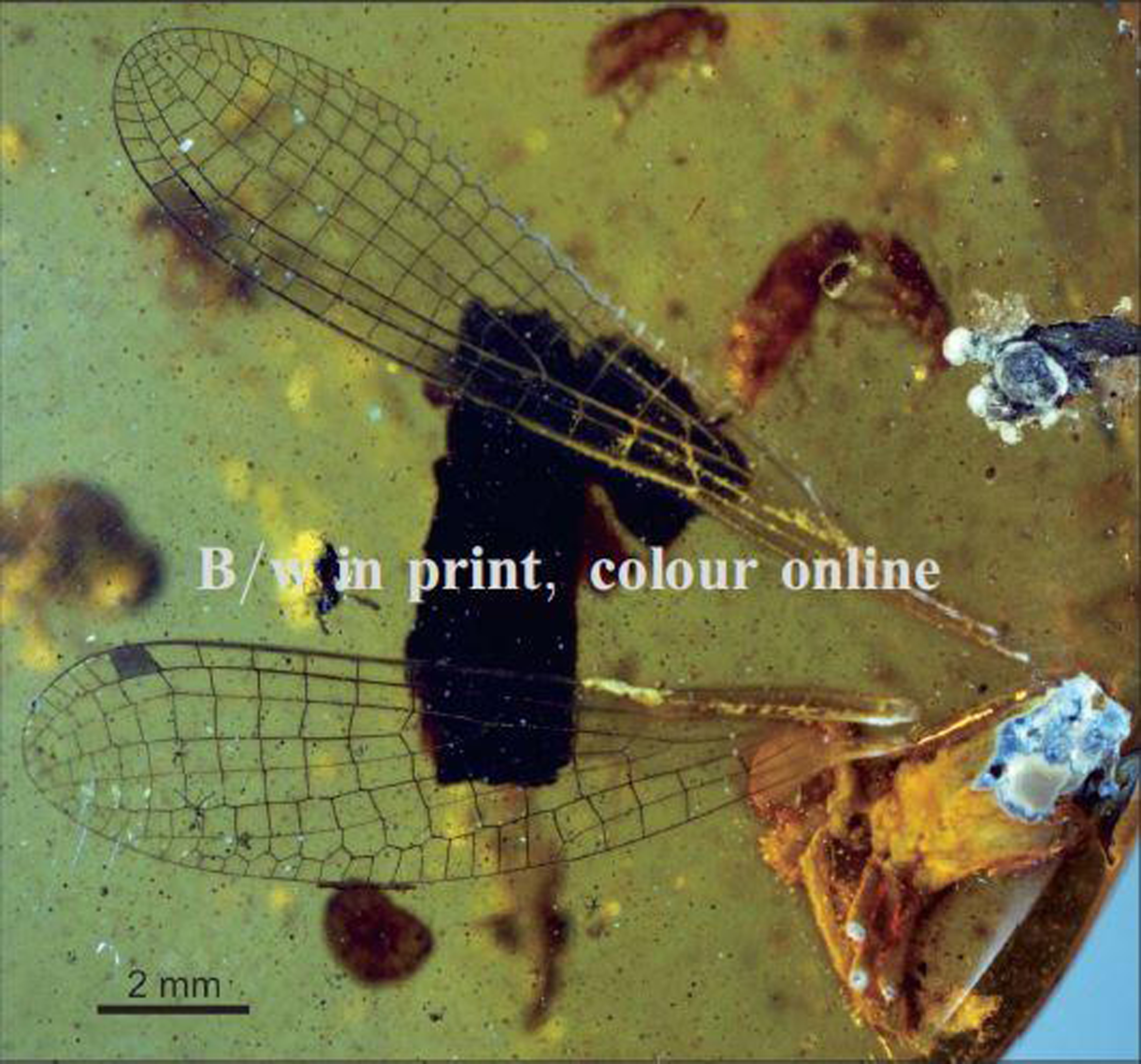A 100-million-year-old damselfly has been named after Sir David Attenborough
Mesosticta davidattenboroughi is well preserved in yellow transparent amber and still retains a complete set of wings.

An ancient damselfly that lived 100 million years ago has joined the long list of species named after veteran broadcaster Sir David Attenborough.
The insect was discovered in Kachin Province, Burma, preserved in a piece of amber dating from the mid-Cretaceous period when dinosaurs roamed the Earth.
Chinese scientists who dubbed the specimen Mesosticta davidattenboroughi were the latest to honour the 90-year-old naturalist.

They include a 19-million-year-old marsupial lion, an extinct grasshopper, a giant carnivorous pitcher plant, a tiny Australian spider, an Indonesian weevil, a plesiosaur, a blue-flowered central American plant, a “ghost” shrimp and a Madagascan dragonfly – a larger close relative of the damselfly.
Part of the reason for adding M. davidattenboroughi to the list was Sir David’s long-standing interest in dragonflies.

“It is tradition in taxonomy (the naming of a new species) to contact the person concerned.
“Sir David was delighted because he is not only interested in the story of amber, but also a president of the British Dragonfly Society.”

With the aid of photo technology, the researchers were able to built a 3D picture of the insect that showed how it differed from previously described fossils.
Lead scientist Dr Daran Zheng, from the Nanjing Institute of Geology in China, said: “Mesosticta davidattenboroughi is quite unique.
“It is the first fossil group of modern platystictid damselflies and documents the appearance of platystictidae as early as mid-Cretaceous.”





